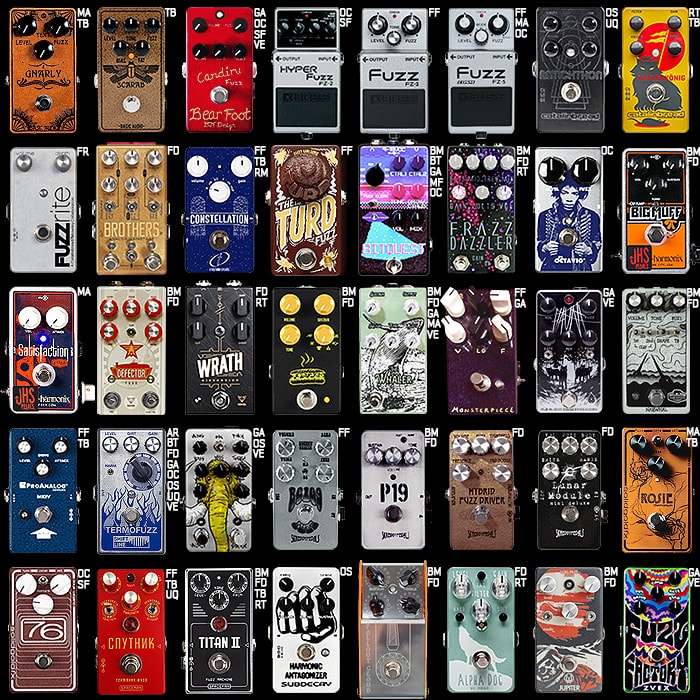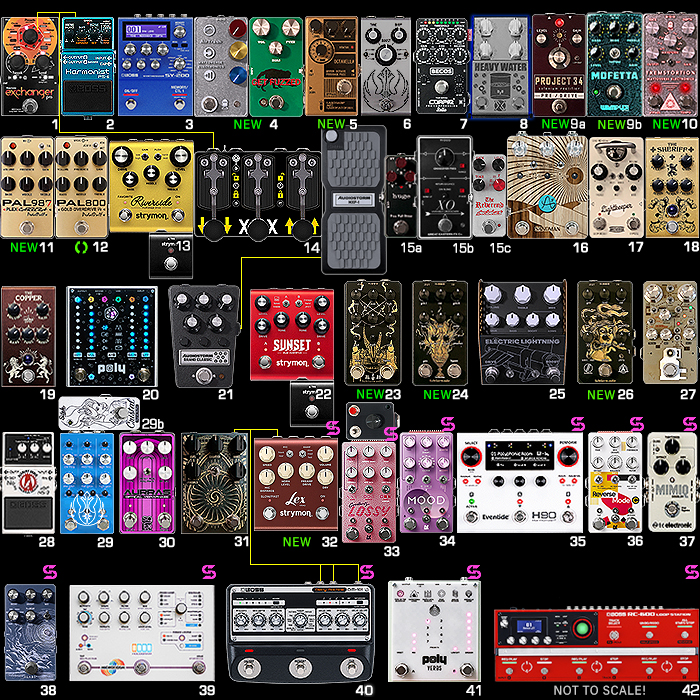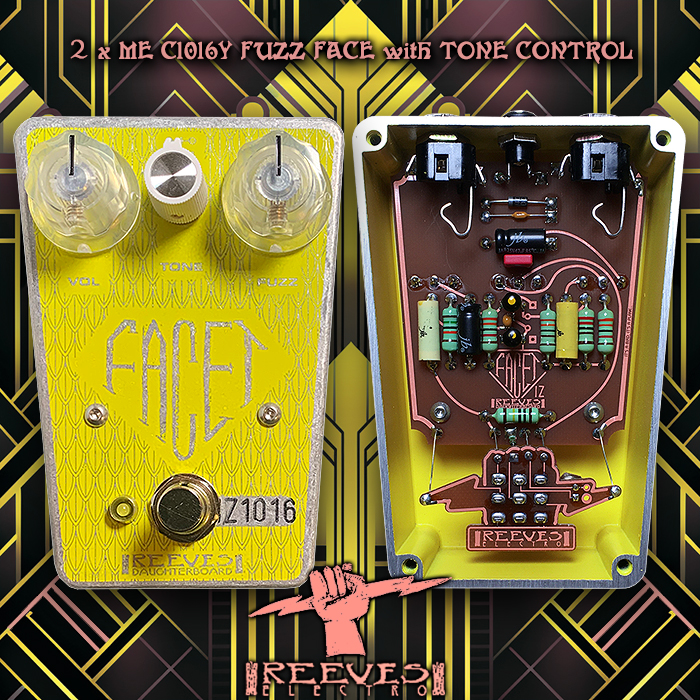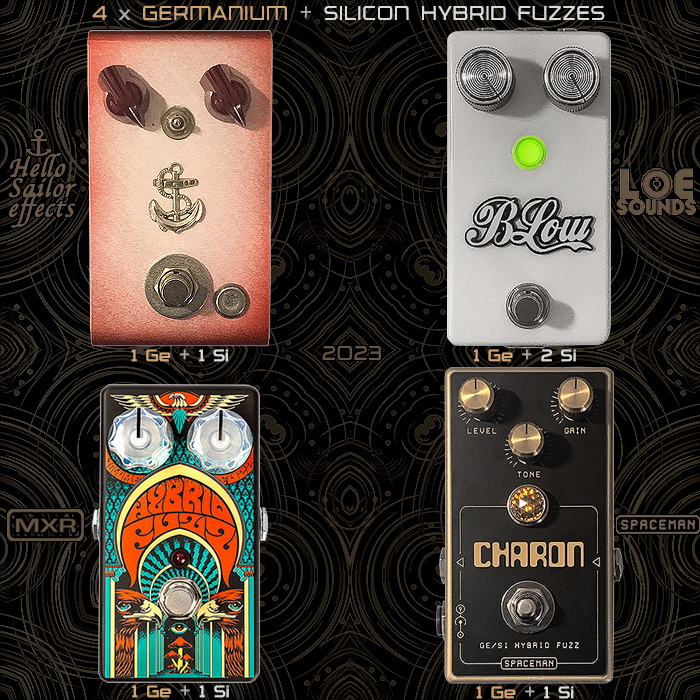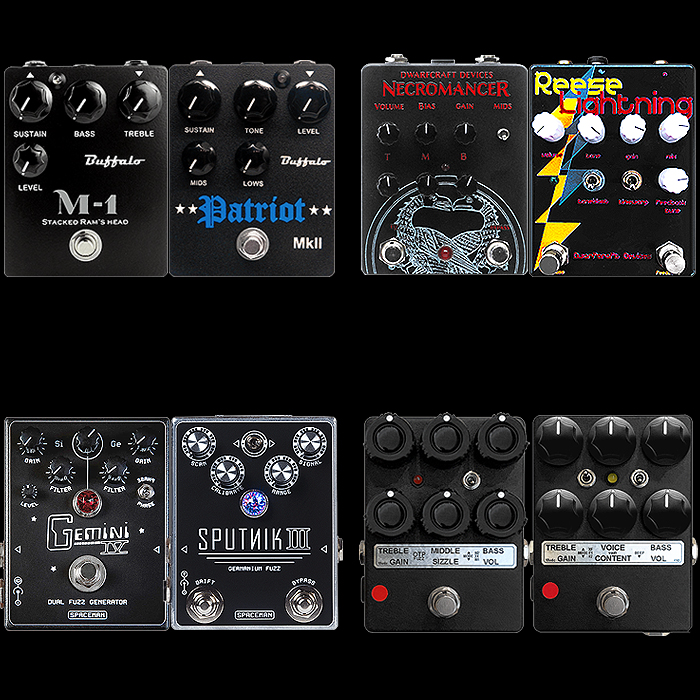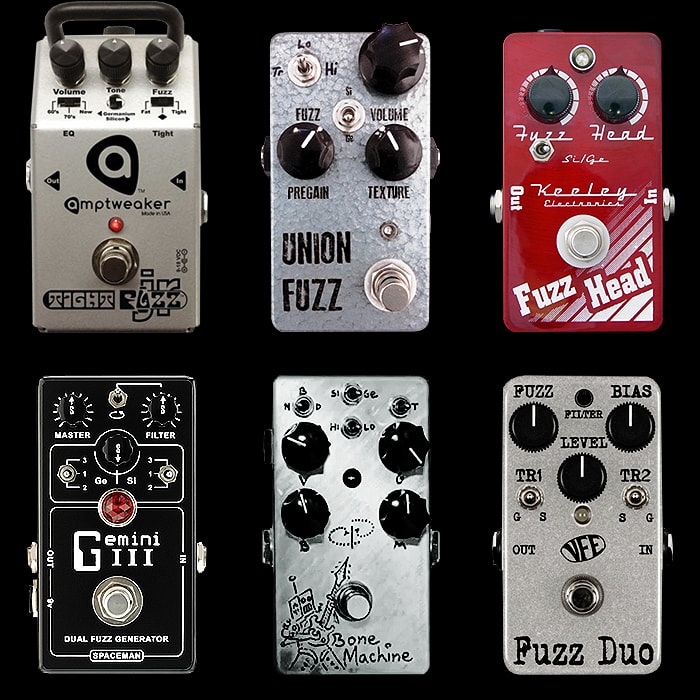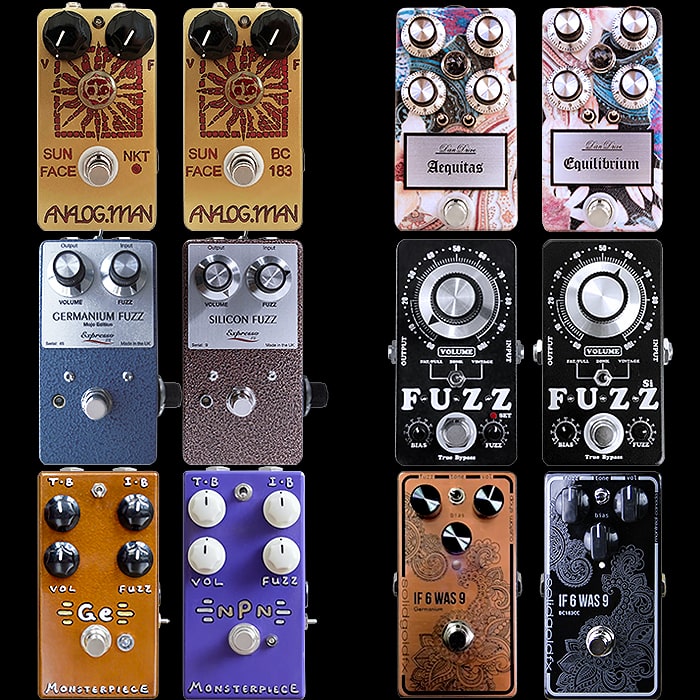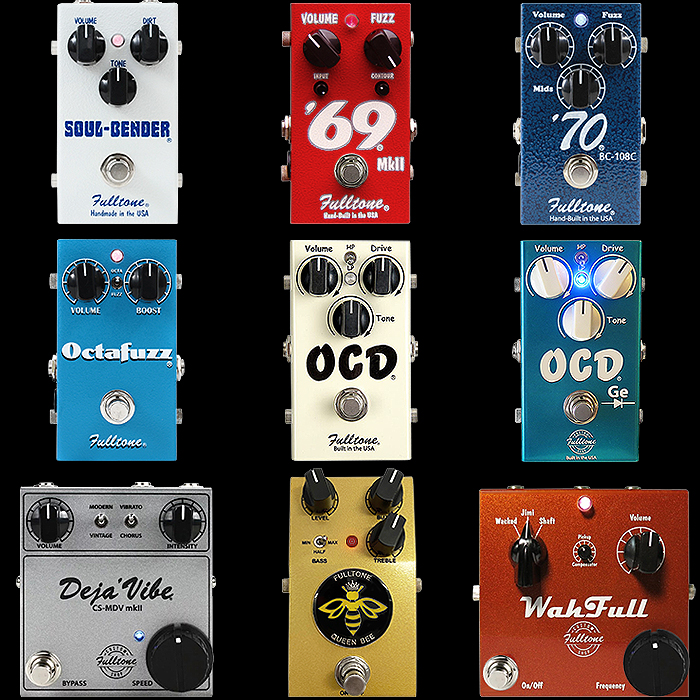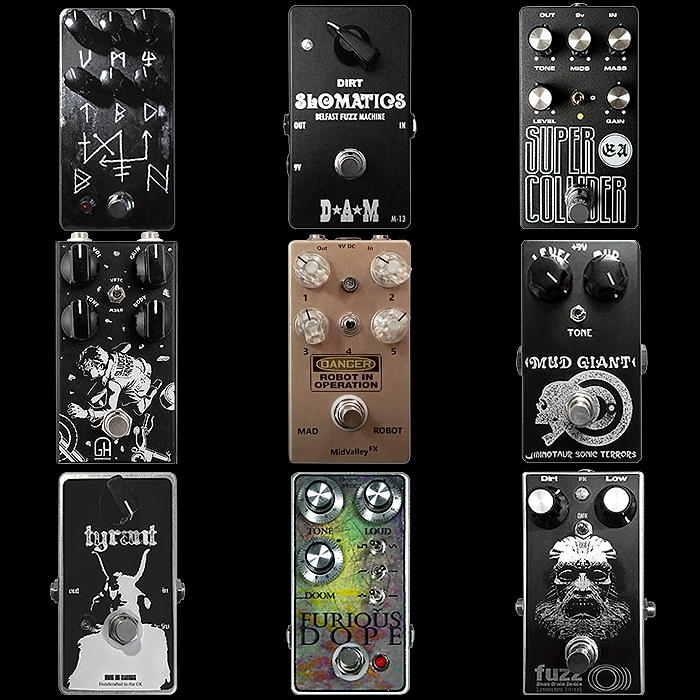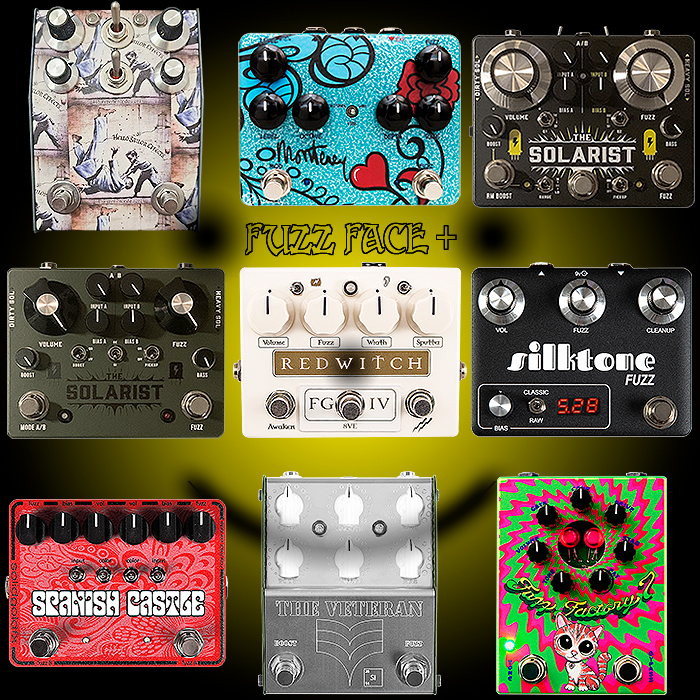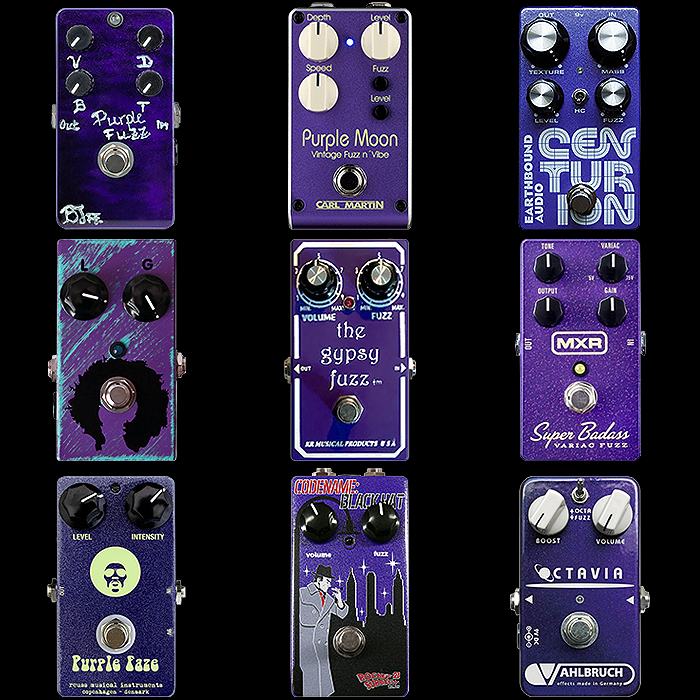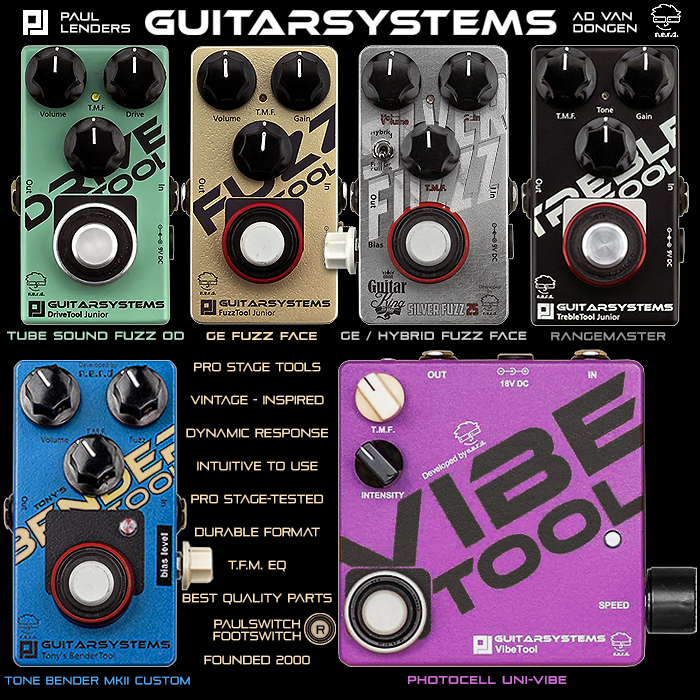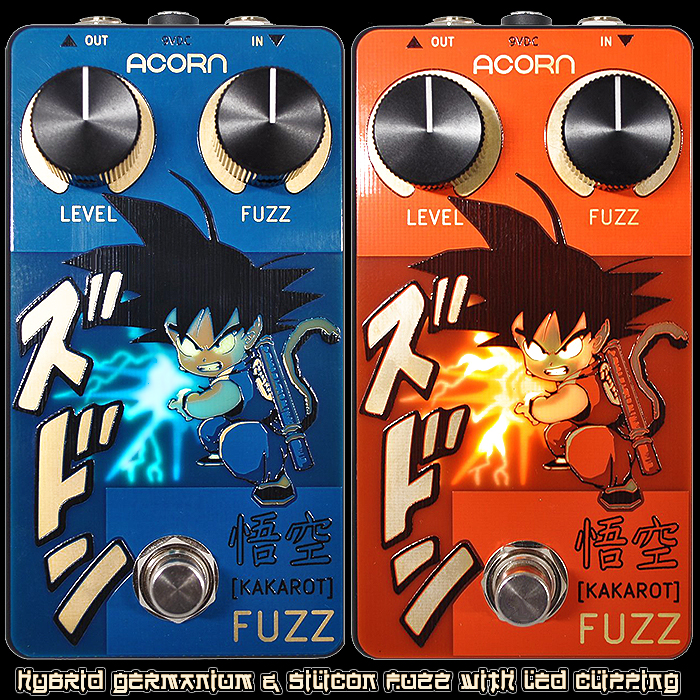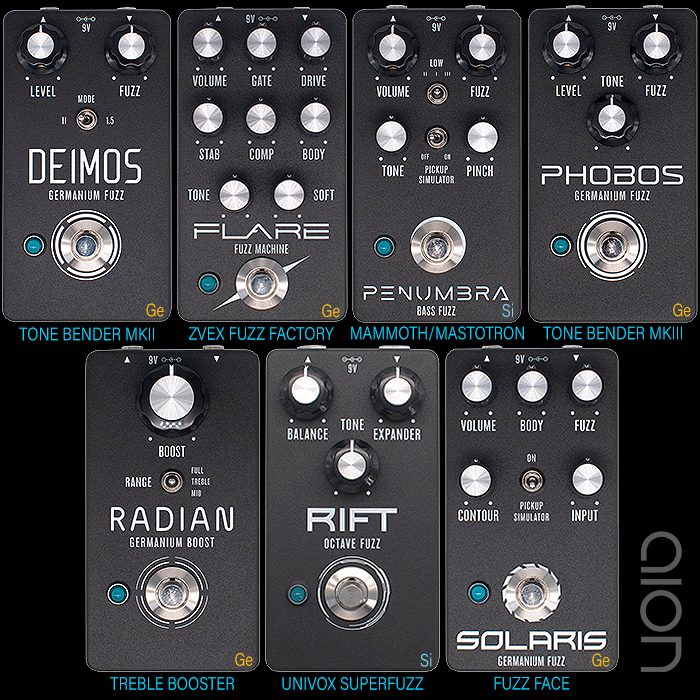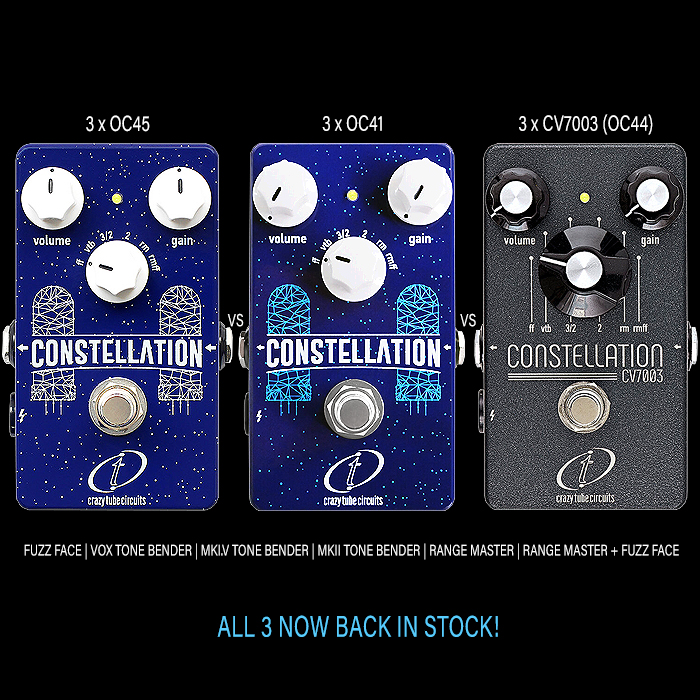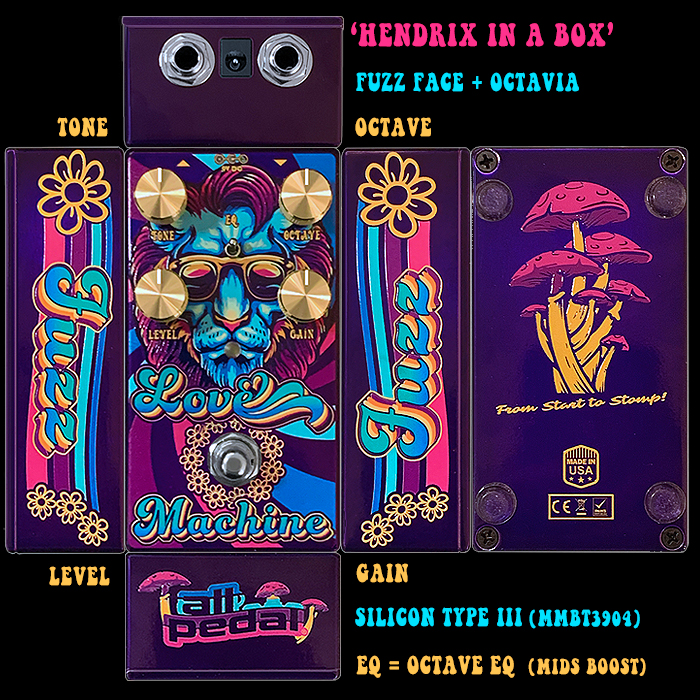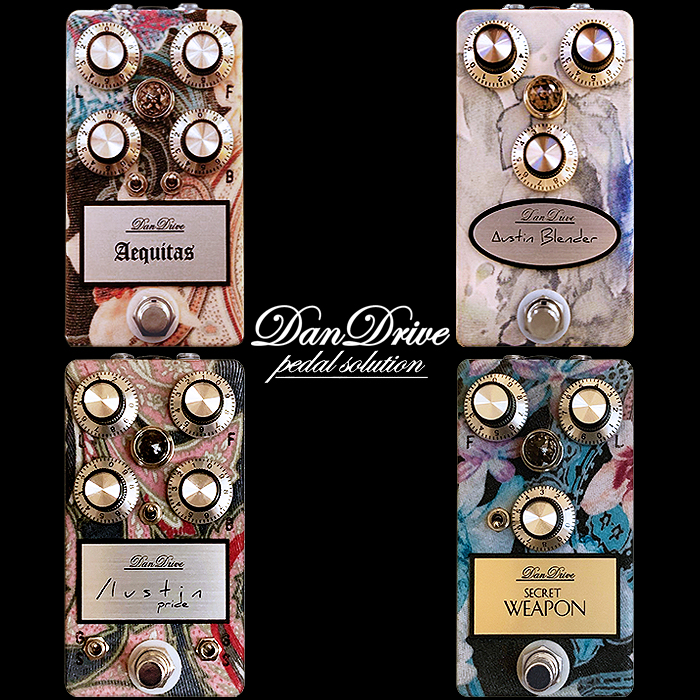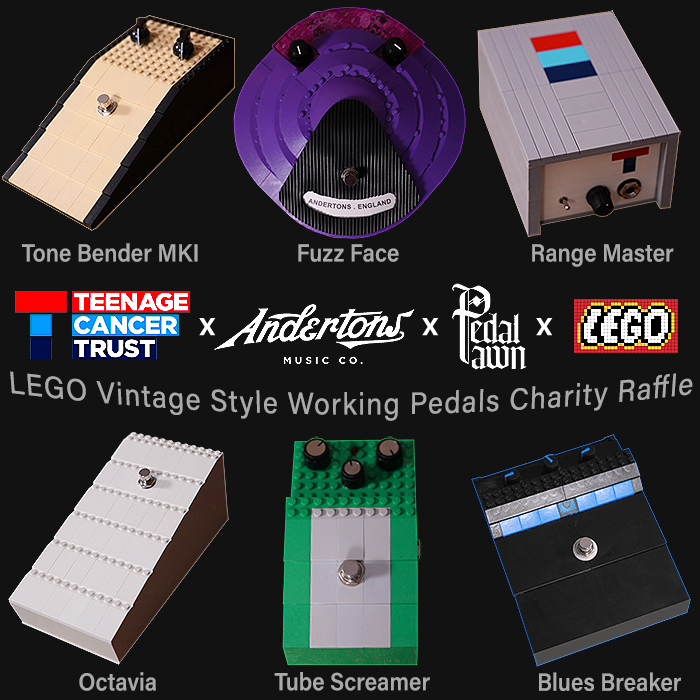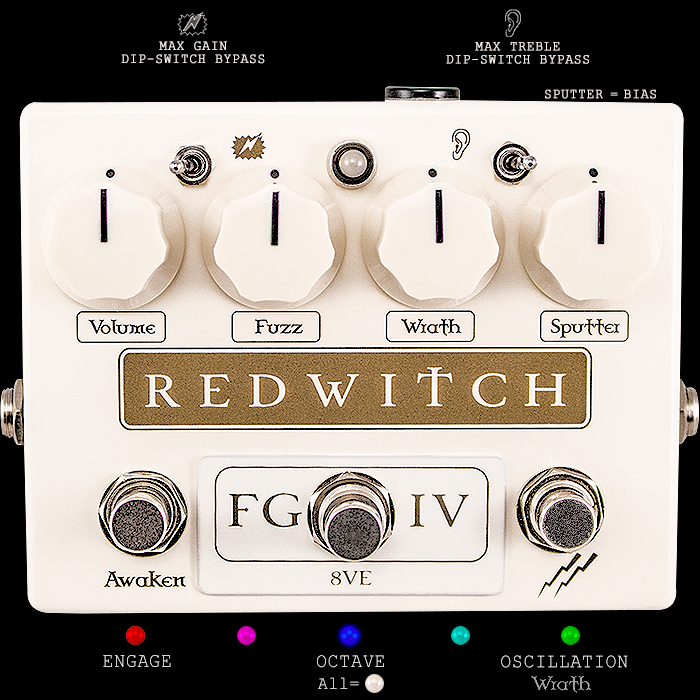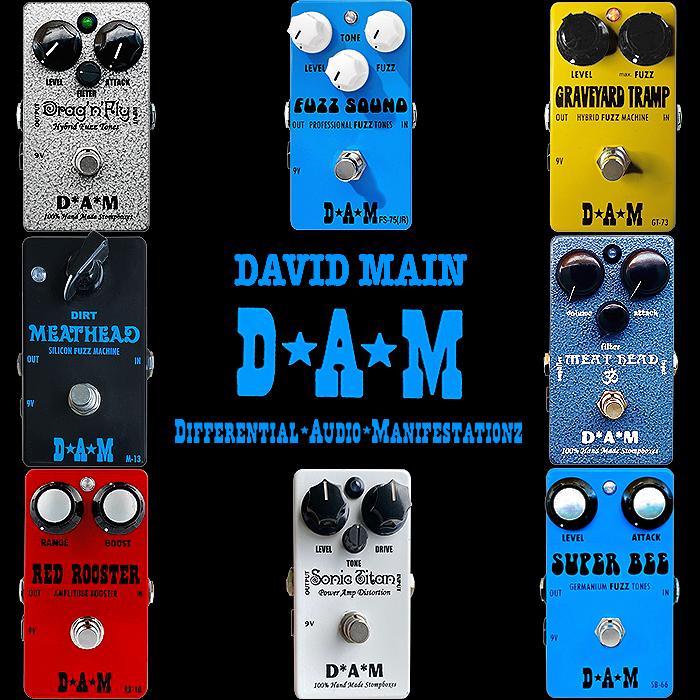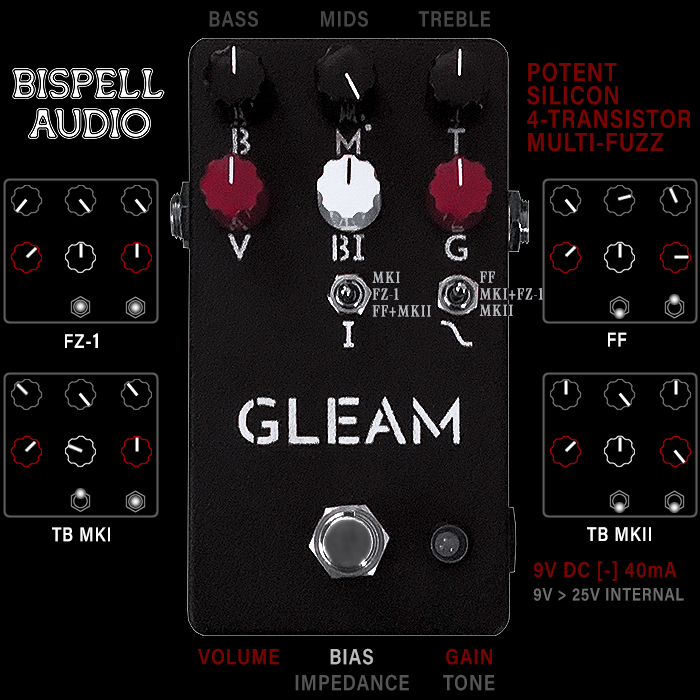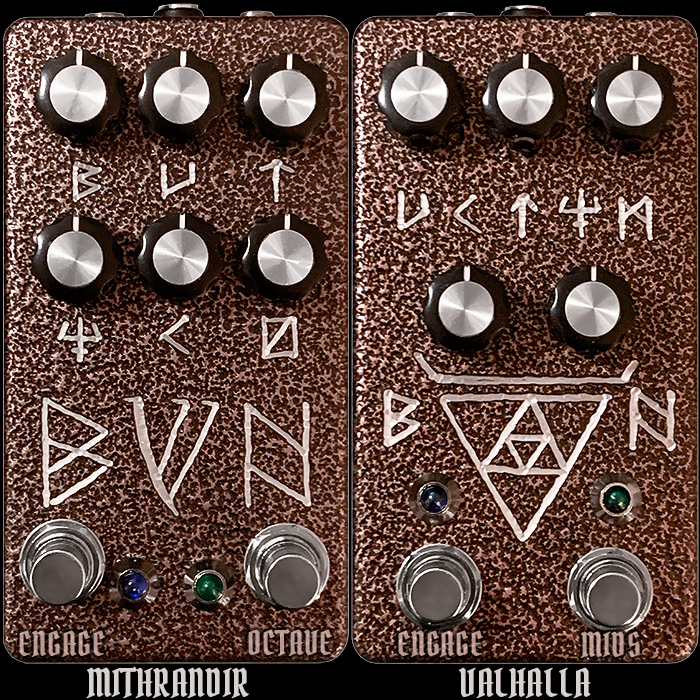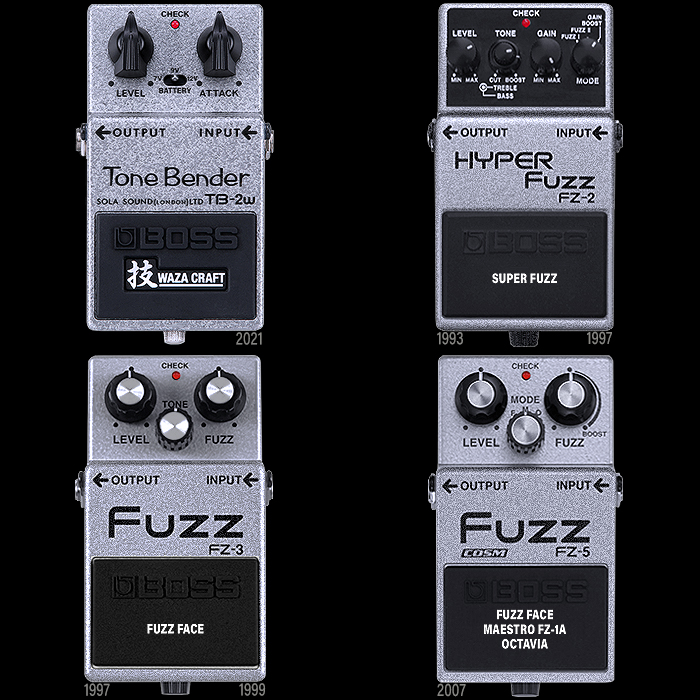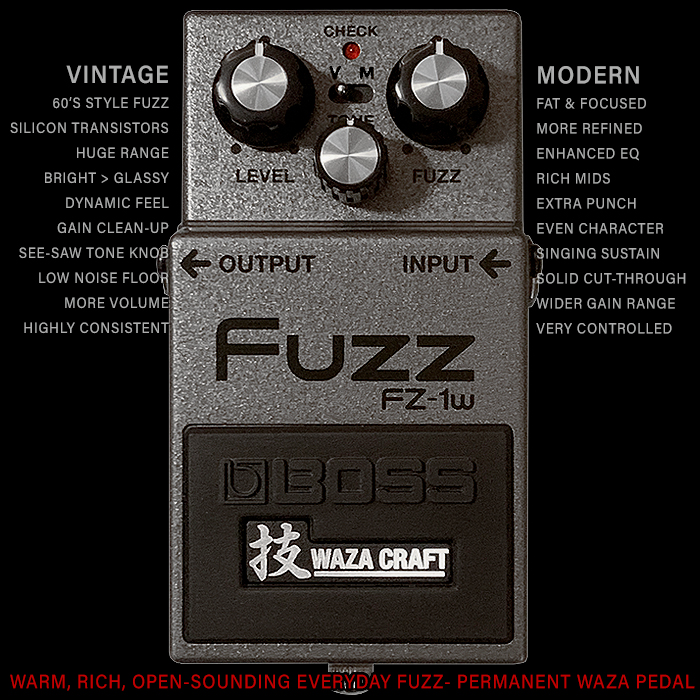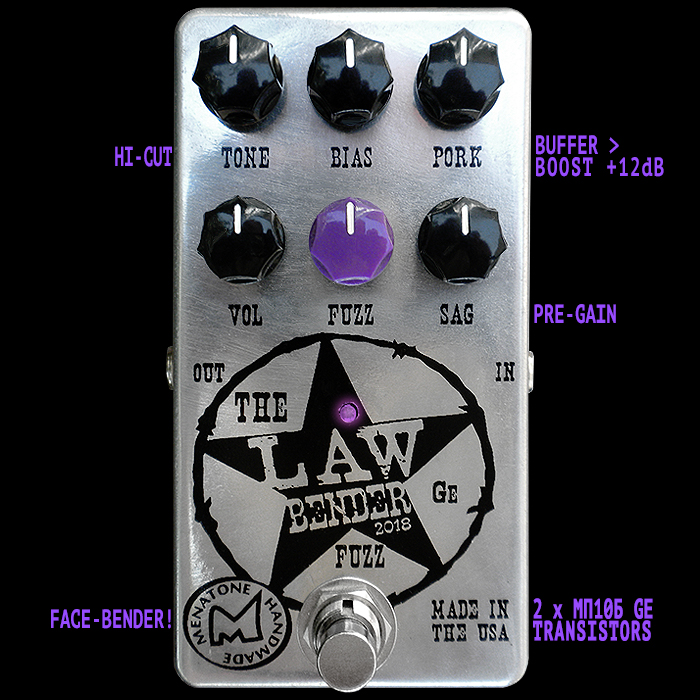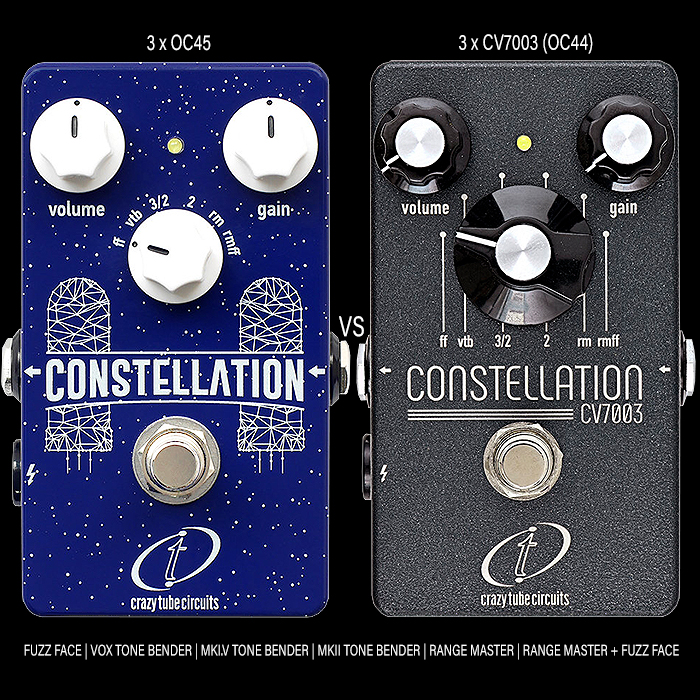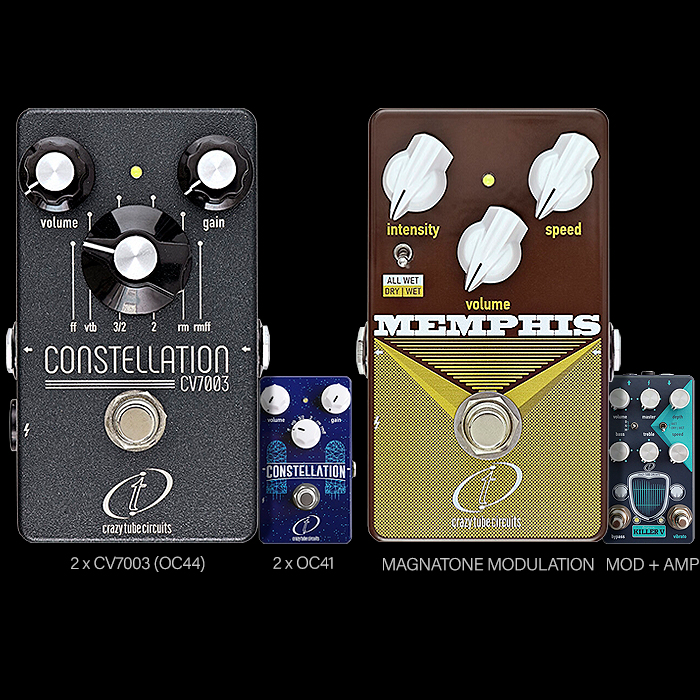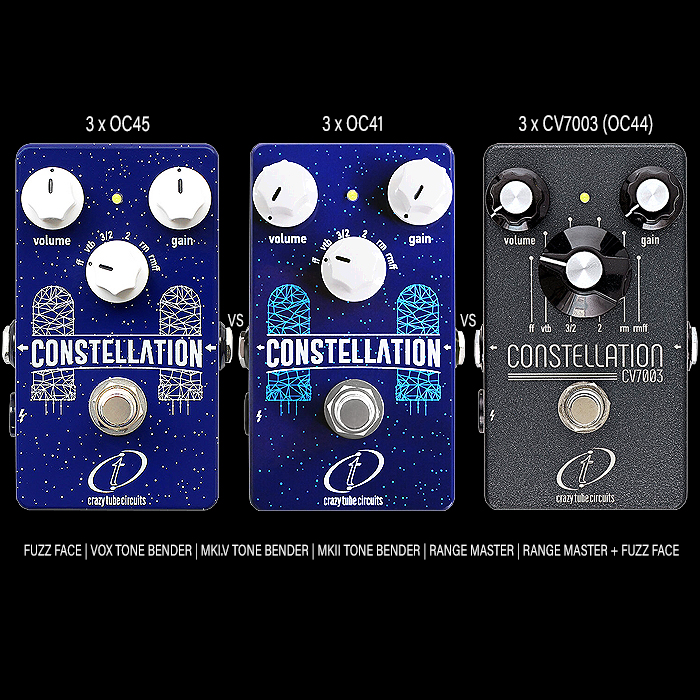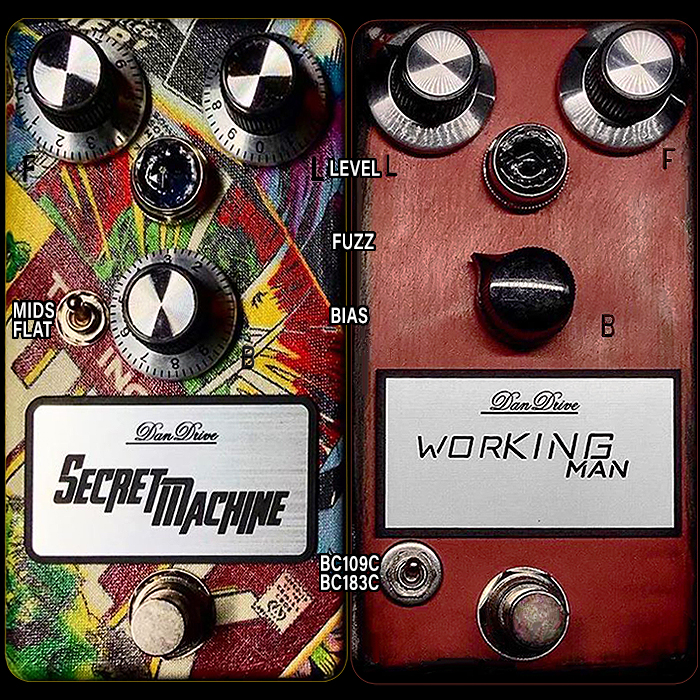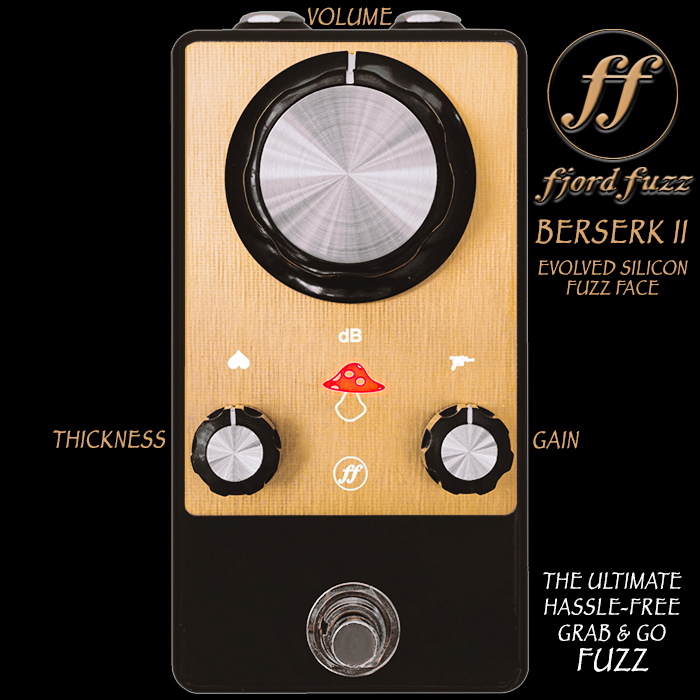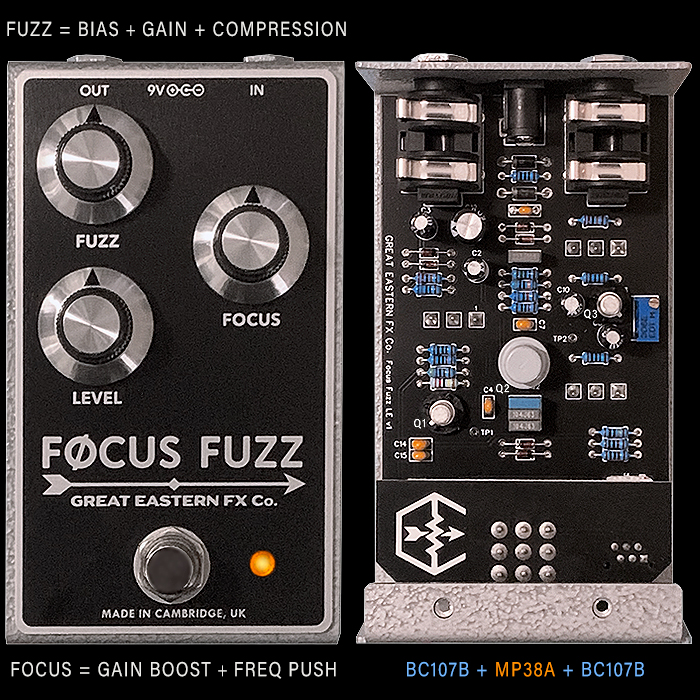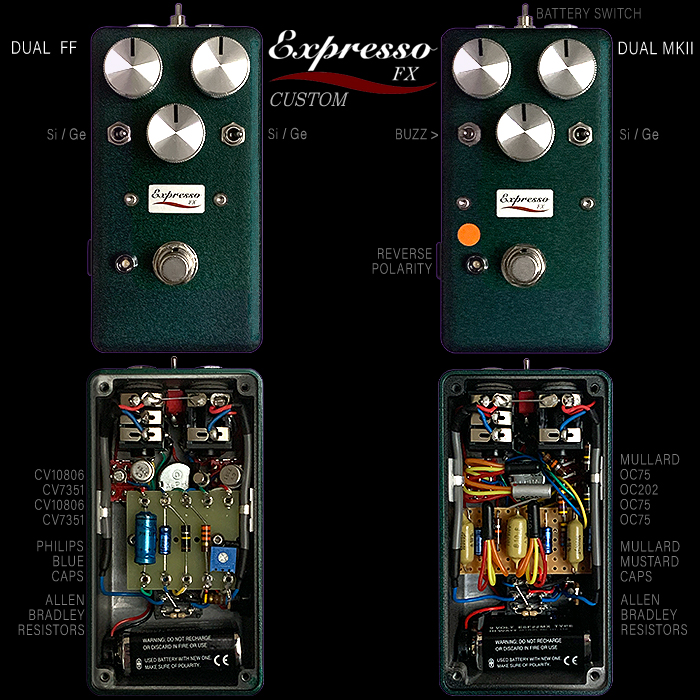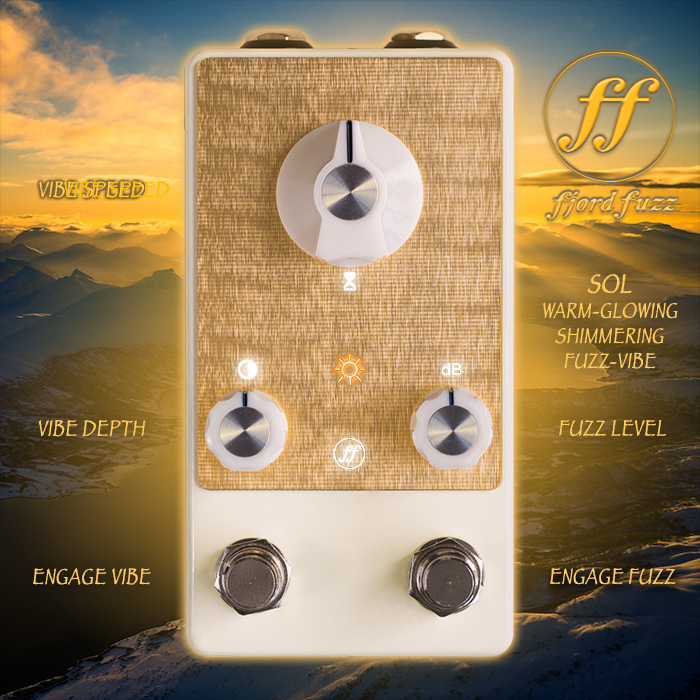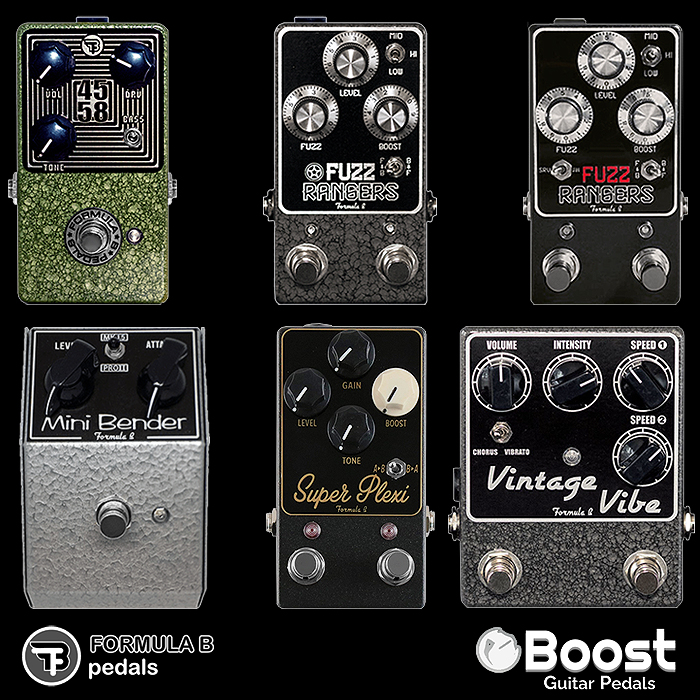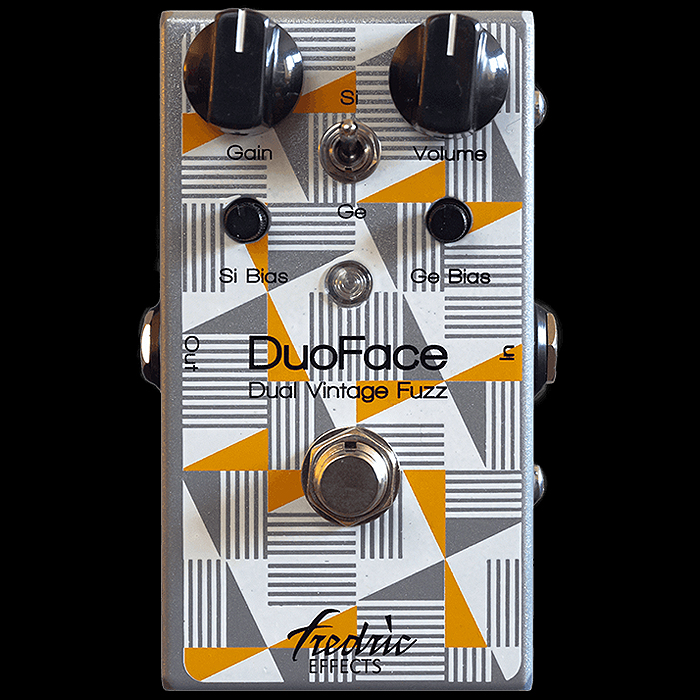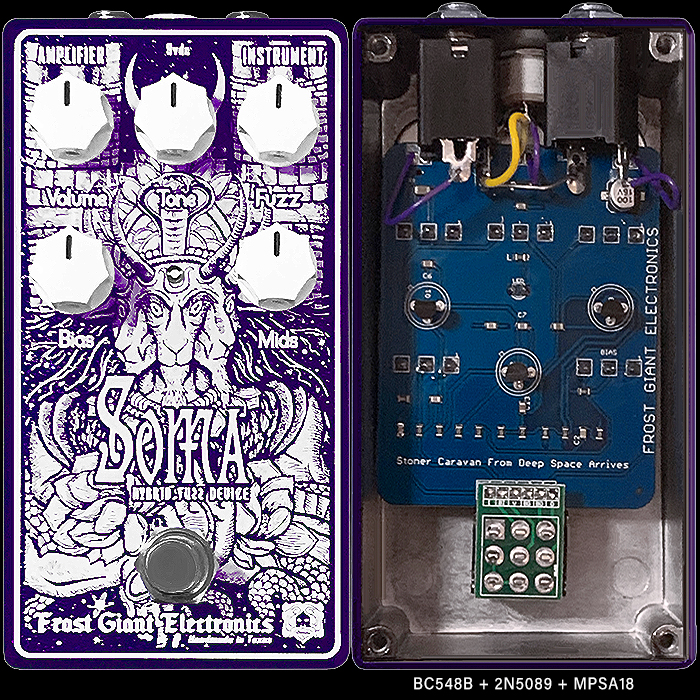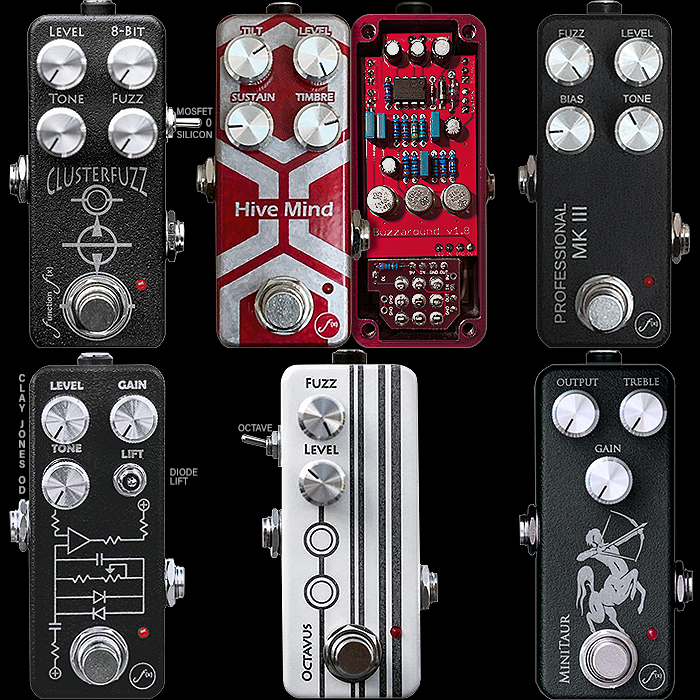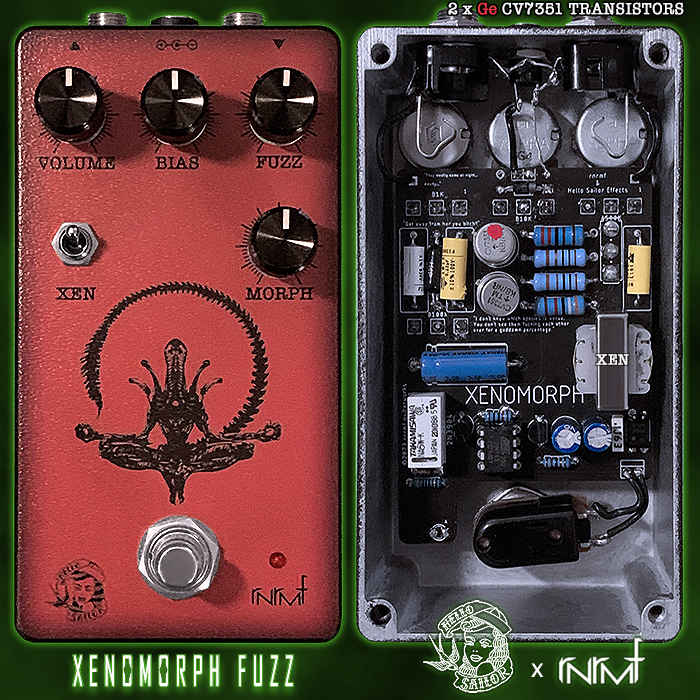Stumpbox Pedals' Get Fuzzed Silver Knob Edition delivers a beautifully harmonically rich and warm near Germanium style output from a smartly calibrated Silicon Circuit

Stumpbox Pedals is Merseyside resident Andy Banks, a lifetime electronics and electrical engineer with an unusually varied experience and expertise within that sector. As with many origin stories Stumpbox started off as a hobby and an idea - influenced by a lifetime of being inspired by classic fuzz circuits, and the works of Analog.Man’s Mike Piera in particular.
The Stumpbox range currently consists of 3 fuzzes, all sharing the exact same style of green enclosure, while being differentiated by their knob selection. Silver Knobs indicate Silicon Type III Fuzz Face, Black Knobs mean a smart take on Zvex’s Woolly Mammoth Bass Fuzz, and finally Gold Knobs signify the Sam Ash AstroTone Fuzz - more specifically the Analog.Man take on that circuit.
So onto the Silver Knob Get Fuzzed Fuzz which this article is about - that is very much a Type III style Fuzz Face - where Type I is Germanium Newmarket NKT275 and equivalent (AC125 very originally!), Type II is BC108 / BC109 Silicon, and Type III is the more Germanium-sounding warmer Silicon BC183 variety.
This Silver Edition is very much based on an Analog.Man Sun Face classic - which blends BC182B and BC183L Transistors - Mid Gain and Low Gain varieties respectively. Those transistors and the supporting cast of components deliver the warmest near Germanium flavour that Silicon can generate. They really sound exceedingly Germanium-like - with truly impressive harmonically rich textures. This combination of Transistors is probably the best Type III Fuzz Face that I’ve experienced to-date.
There’s a couple of relatively unusual facets about this particular execution - you have a system of twin Bias controls - an internal Q2 trimmer which kind of sets the range, which is then fine-tuned by the external / surface Bias - which really renders as an EQ in that respect. So dialling up the external Bias acts as a kind of Hi-Cut / LPF Filter, while dialling it in a counter clockwise fashion adds in more upper mids. I kind of like it around 8 / 9 o’c.
The Fuzz taper is also fairly unusual in the broad swathe of richly textured sweep - which pretty much is evident already at the midway point. Typically with Fuzz Faces you’re kind of used to diming the Volume and Gain to achieve that full harmonics hit - on this pedal though that action wonderfully start much further down the sweep - such that around 3 o’c is optimal for me.
Controls - Volume, Fuzz, Bias 2 / EQ, Internal } Q2 Bias Voltage / Range, Input Level / Gain.
Note that default positions on the internal trimmers are marked with yellow dots - so you can easily return back to default settings if you have adjusted those in any way.
Generally I get optimal peak textures and harmonics with Volume @ Max, Fuzz @ 3 o’c, and Bias at around 8 o’c. The pedal sounds so great with its default setup - I’ve not felt the need to adjust the internal trimmers at all - I really like the default setup!
This is a truly wonderful representative of the genre - and like I say - the best sounding Type III Fuzz Face I’ve experienced to-date.
Of course you take the rough with the smooth, and I have jus a few fairly insignificant niggles and observations to impart - all very minor. Firstly the choice of specific silver knobs has legibility issues where you cannot see the cutout markers from a standing position - in fact in lots of lighting conditions you’ve no idea visually of where those knobs are pointing - they render as somewhat invisible! Secondly - and I guess in part related to the vintage circuit roots of this fuzz - I find the overall output volume a little on the lower side, certainly not unusual for Fuzz Faces, but would be nice to have a little more output.
And finally Andy does the right thing with having a QC sticker on the circuitboard - while those should really be initialled - to indicate exactly who is vouching for the quality of this pedal. An un-initialled sticker is much weaker than a personally identifiable one - even though it’s Andy making all those pedals - they really should have his initials fully apparent as a guaranteed stamp of quality as such! A good reference for that is how early ProCo Rat Distortion Pedals were signed by the people who assembled them - including the famous ’Woodcutter’ editions!
Overall I could not be happier with this Fuzz - I guess the green enclosure will be a little hit and miss for some - but the overall package is really sound, and is extraordinarily good value at £129 / $160.
And just for the record - this is Fuzz Face #102 in my reference collection! One of the very best sounding Silicon varieties I’ve come across - and certainly the best sounding Type III. These are available via my good friend Steve’s FX Pedal Planet Webstore, as well as direct from the Stumpbox Pedals Website.

Demos





















